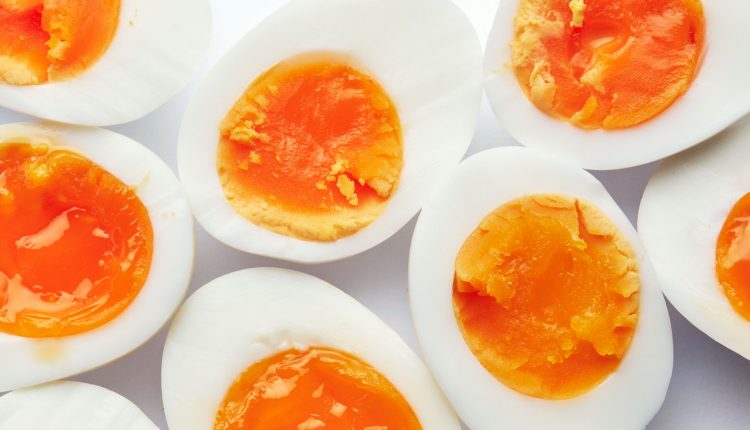©2021 Reporters Post24. All Rights Reserved.
Eggs are an ingredient with superpowers: They’re versatile, adaptable, and transformative, all contained in little packages. But how much do you really know about that carton in your fridge?
Did you know, for example, that the hue of the eggshell—white, blue, green, or, the most common, brown—is determined by the breed of hen it came from (and you can predict it by the color of the hen’s earlobe)?
Or that the color of the yolk varies based on the hens’ diet?
Or that the best place to store your eggs is not on the side of the refrigerator door, which is the warmest part of your fridge? To extend the lifespan of your eggs, place them on a shelf inside the fridge, where temperatures are cooler, and keep them in their carton, which helps protect them from drying out. (If you’re wondering why eggs in the U.S. have to be refrigerated when eggs in some other parts of the world do not, it’s because American eggs are washed before they’re sold, which removes the protective cuticle that would keep them safe at room temp.)
We’re cracking eggs open, from how to buy them to how to cook them, below.












